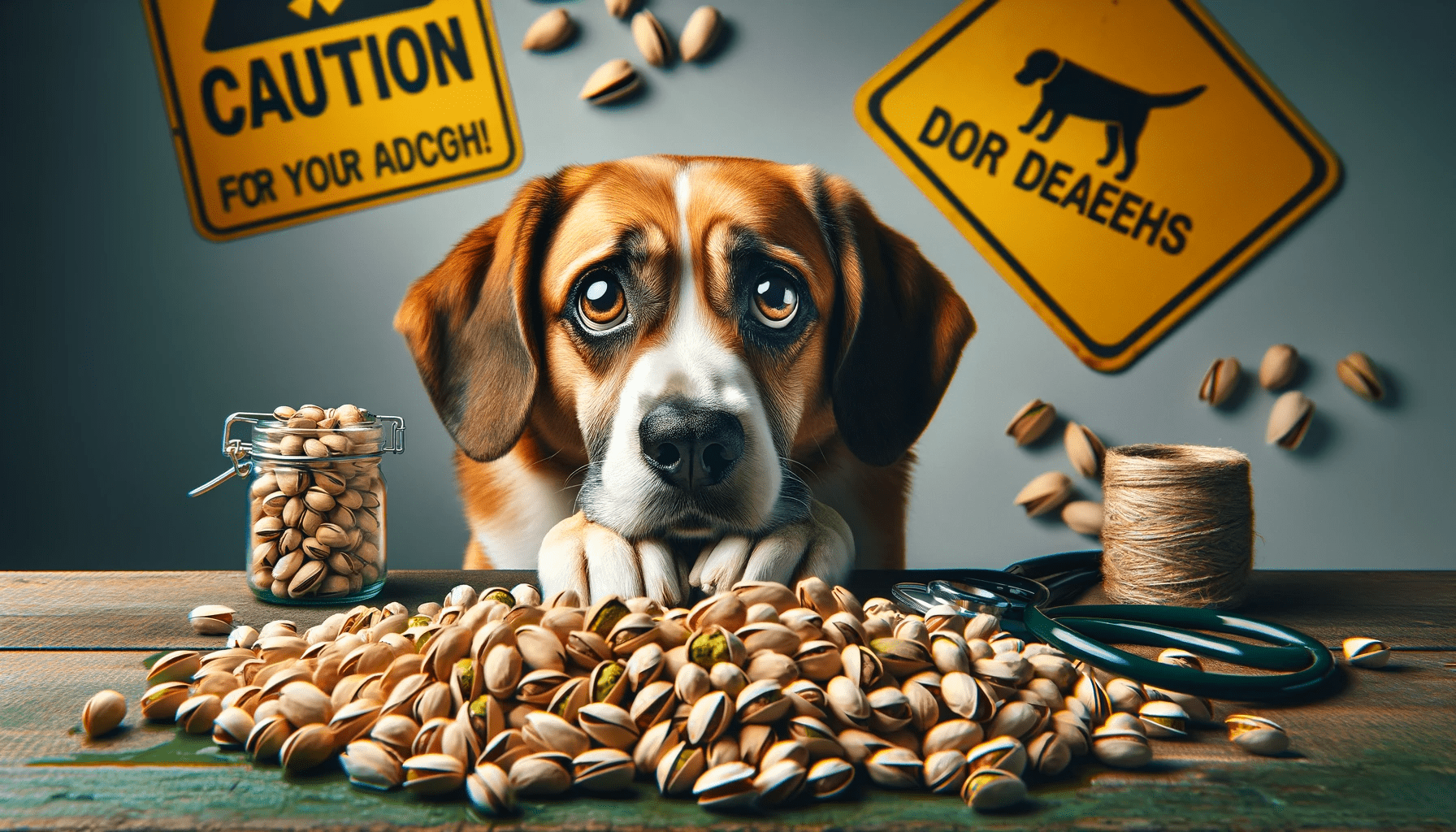Are you looking to give your furry friend the best treats for their health? Discover the secrets to selecting nutrient-rich treats that will support your dog's optimal well-being.
In this article, you'll learn how to understand your dog's nutritional needs, factors to consider when choosing treats, and how to read and decode treat labels.
With this valuable knowledge, you can ensure you're offering your dog the highest quality treats to keep them happy and healthy.
Key Takeaways
- Dogs have specific dietary requirements for optimal health, including macronutrients like protein, carbohydrates, and fats, as well as essential vitamins and minerals.
- When choosing dog treats, consider your budget, opt for homemade treats or budget-friendly options with wholesome ingredients, read labels carefully, and avoid treats with common allergens if your dog has allergies or sensitivities.
- When reading and decoding dog treat labels, prioritize high-quality protein sources, pay attention to the balanced blend of protein, fat, and carbohydrates, avoid treats with added sugars and artificial colors or preservatives, and choose treats made with natural ingredients and free from unnecessary additives.
- Look for nutrient-rich ingredients like real meat, vegetables, whole grains, natural antioxidants, and added vitamins and minerals, while avoiding treats with vague ingredients or fillers that lack nutritional value.
Understanding Your Dog's Nutritional Needs
You must understand your dog's specific nutritional needs in order to select the right treats for their optimal health. Just like humans, dogs have dietary requirements that must be met for them to thrive. A balanced and nutritious diet is essential for their overall well-being and longevity.
First and foremost, a dog's dietary requirements include a proper balance of macronutrients such as protein, carbohydrates, and fats. Protein is crucial for muscle development and repair, while carbohydrates provide energy. Fats are necessary for maintaining healthy skin and coat, as well as supporting various bodily functions.
Additionally, dogs require essential vitamins and minerals to support their immune system, bone health, and overall growth. These include vitamins A, D, E, and K, as well as minerals like calcium, phosphorus, and iron. It's important to note that the specific nutritional needs may vary depending on factors such as age, breed, size, and activity level.
Understanding these dietary requirements is vital when selecting treats for your furry friend. Opt for treats that are made from high-quality ingredients and are specifically formulated to meet your dog's nutritional needs. Avoid treats that are high in fillers, artificial additives, and excessive sugars, as they can contribute to weight gain and other health issues.
Factors to Consider When Choosing Dog Treats
Consideration of your dog's specific dietary needs is essential when selecting treats for their optimal health. In addition to nutritional requirements, there are other factors to consider when choosing dog treats.
One important aspect to keep in mind is your budget. There are many budget-friendly options available that can still provide your dog with high-quality treats. Look for treats that are made with wholesome ingredients and avoid those that contain fillers, artificial additives, or excessive amounts of sugar and salt.
Another option to consider is homemade dog treats. Making your own treats allows you to have complete control over the ingredients, ensuring that they're fresh and of the highest quality. Homemade treats can be a healthier alternative to store-bought options, as you can avoid preservatives and other unnecessary additives. Plus, making treats at home can be a fun activity for you and your furry friend to enjoy together.
When choosing treats, it's important to read the labels carefully and choose ones that are appropriate for your dog's size, age, and dietary needs. Consider any allergies or sensitivities your dog may have and select treats that are free from common allergens. Additionally, consult with your veterinarian to determine the best treats for your dog's specific health conditions or dietary restrictions.
Reading and Decoding Dog Treat Labels
To ensure your dog's optimal health, it's important to understand how to read and decode the labels on dog treat packaging. Decoding nutritional labels and analyzing ingredient lists can help you make informed decisions about the treats you choose for your furry friend.
When reading a dog treat label, start by looking at the ingredient list. The ingredients are listed in descending order by weight, so the first few ingredients are the most prominent in the treat. Look for high-quality protein sources, such as chicken or beef, as the main ingredient. Avoid treats that list fillers or by-products at the top of the list.
Next, pay attention to the nutritional information. Look for treats that provide a balanced blend of protein, fat, and carbohydrates. Dogs require a diet that's high in protein to support their muscles and overall health. Fat is also important for energy, while carbohydrates contribute to a well-rounded diet.
Keep an eye out for any added sugars, artificial colors, or preservatives. These can be detrimental to your dog's health. Instead, choose treats that are made with natural ingredients and are free from unnecessary additives.
Identifying Nutrient-Rich Ingredients in Dog Treats
Start by examining the ingredient list on the dog treat packaging. This is the most important step in identifying nutrient-rich ingredients in dog treats. Look for high-quality sources of nutrients, such as real meat, vegetables, and whole grains. Avoid treats that list vague ingredients like 'meat by-products' or 'animal digest,' as these may not provide the same nutritional value.
When evaluating the nutritional content of dog treats, pay attention to the order in which ingredients are listed. Ingredients are listed in descending order by weight, so the first few ingredients are the most abundant in the treat. Ideally, you want to see high-quality protein sources, like chicken or beef, listed at the top. These protein sources provide essential amino acids that are important for your dog's overall health.
Additionally, look for treats that contain natural antioxidants and vitamins. Ingredients like blueberries, sweet potatoes, and spinach are great sources of antioxidants, which help support your dog's immune system. Treats that contain added vitamins and minerals can also be beneficial, as they can fill in any nutritional gaps in your dog's diet.
Avoiding Harmful Additives and Fillers in Dog Treats
When selecting nutrient-rich treats for your dog's optimal health, it's important to avoid harmful additives and fillers that can negatively impact their well-being.
One of the first things to watch out for is artificial flavors. These are often used to enhance the taste of dog treats, but they offer no nutritional value and can even cause digestive issues in some dogs. Instead, opt for treats that use natural flavors, such as real meat or vegetables.
Another hidden danger in dog treats is the presence of preservatives. Many treats contain hidden preservatives that can be harmful to your dog's health. Look out for terms like BHA, BHT, and ethoxyquin on the ingredient list. These preservatives have been linked to various health issues, including cancer and liver problems. Instead, choose treats that use natural preservatives like tocopherols (vitamin E) or rosemary extract.
In addition to avoiding artificial flavors and recognizing hidden preservatives, it's also important to steer clear of fillers in dog treats. Fillers are ingredients that have little to no nutritional value and are often used to bulk up the treats. Common fillers include corn, wheat, and soy, which can be difficult for dogs to digest and may lead to allergies or sensitivities. Opt for treats that are made with high-quality, whole-food ingredients like lean meats, fruits, and vegetables.
Tailoring Dog Treats to Specific Health Conditions
Considering your dog's specific health conditions, you can tailor their treats to meet their unique dietary needs. This personalized approach ensures that your furry friend receives the proper nutrition while still enjoying delicious snacks. Here are some tips for tailoring dog treats to specific health conditions:
- Tailoring treats for weight management: If your dog needs to shed a few pounds, opt for low-calorie treats or even consider using their regular kibble as rewards. Look for treats that are high in protein and fiber to help them feel satisfied without adding unnecessary calories.
- Choosing treats for allergies: If your dog suffers from food allergies or sensitivities, it's crucial to select treats that avoid their trigger ingredients. Grain-free treats or those made with novel protein sources like duck or venison can be a safe choice. Always check the ingredient list and consult with your veterinarian to ensure the treat is suitable for your dog's specific allergies.
- Considering dental health: Dental issues are common in dogs, so choosing treats that promote dental health is essential. Look for treats with a crunchy texture or those specifically designed to reduce tartar buildup. These treats can help keep your dog's teeth clean and their gums healthy.
- Addressing specific health conditions: If your dog has a specific health condition, such as joint problems or skin issues, there are treats available that contain ingredients to support these concerns. Treats with glucosamine and chondroitin can be beneficial for joint health, while treats with omega-3 fatty acids can help improve skin and coat condition.
Tips for Introducing Nutrient-Rich Treats Into Your Dog's Diet
To introduce nutrient-rich treats into your dog's diet, you can gradually incorporate them alongside their regular meals. This allows your dog to adjust to the new treats without disrupting their overall diet. One tip for training dogs with treats is to use small, bite-sized pieces that are easy for them to chew and swallow quickly. This helps to keep their focus on the training session and prevents them from getting too full.
Homemade treats have many benefits for your dog's health. Firstly, you have complete control over the ingredients, ensuring that they're fresh, high-quality, and free from any harmful additives or preservatives. Secondly, homemade treats can be tailored to your dog's specific dietary needs, such as using grain-free options for dogs with allergies or sensitivities. Additionally, making treats at home can be cost-effective in the long run, as store-bought treats can be expensive and often contain lower-quality ingredients.
When introducing new treats, it's important to monitor your dog's reaction and adjust accordingly. If you notice any digestive issues or allergic reactions, discontinue the use of the treat and consult with your veterinarian. By following these tips and incorporating nutrient-rich treats into your dog's diet, you can provide them with a healthy and delicious reward for their training efforts.
Frequently Asked Questions
Can Dogs Eat Human Food as Treats?
Yes, dogs can eat some human food as treats. However, it's important to choose dog-friendly options and be aware of potential risks. Some human treats can be harmful to dogs, so always consult with your vet before sharing.
How Many Treats Should I Give My Dog per Day?
You should limit your dog's treat consumption to maintain their optimal health. Instead of relying solely on treats, consider using alternative rewards during training. This can help train your dog and prevent excessive calorie intake.
Are Natural Dog Treats Always Healthier Than Processed Ones?
Natural dog treats are not always healthier than processed ones. The impact of artificial ingredients on your dog's overall well-being is important to consider. Opt for treats with nutrient-rich ingredients for optimal health.
Can I Give My Dog the Same Treats Every Day?
Yes, you can give your dog the same treats every day, but it's important to consider alternatives to daily treats. Feeding the same treats every day may lead to nutrient imbalances and potential health risks.
Are There Any Specific Treats Recommended for Senior Dogs?
For senior dogs, it's important to consider their specific dietary needs. Look for treats that are formulated to support their aging bodies, such as joint health or weight management. Dental treats can also provide added benefits for their oral health.
Conclusion
In conclusion, selecting nutrient-rich treats for your dog is essential for their optimal health. Understanding your dog's nutritional needs and reading and decoding dog treat labels are key factors in making the right choice.
By identifying nutrient-rich ingredients and avoiding harmful additives and fillers, you can ensure that your dog receives the necessary nutrients. Tailoring treats to specific health conditions and gradually introducing them into your dog's diet can further enhance their well-being.
Remember, a healthy diet is the foundation for a happy and thriving dog.






